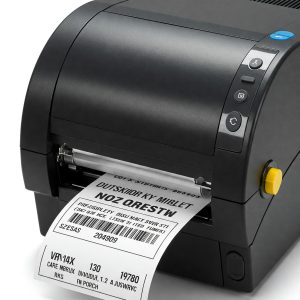In the retail space labels are everywhere. Those already on the product from the supplier typically are clean and clear and last.
Why do some labels that are applied by the retailer only seem to last a matter of days?
Often the issue can be tracked back to the type of label being used. Cost is always a factor in doing business and turning a profit however using the cheapests label printer can lead to labels that fail to last.
There are a number of choices for labels from the old school “Dymo” embosing system through to super sophisticated full colour options.
If you are considering a typcial rectangular label, that might include the product name, SKU, price and short desciption etc then most often a computer connected label/barcode printer may work best. However there are two distinct categories in this space and confusingly they have similar names; Direct Thermal and Thermal Transfer. While both use heat (thermal) the way that it is applied and the outcome is very different.
Direct Thermal Printers
These have special heat reactive labels and the image/text is ‘printed’ by appling heat to the label creating points of black on the typically white label.
Pros:
- These printers are usually the cheapest to purchase
- few moving parts
- only consumables are the Direct Thermal labels – most often sold in a roll.
Cons:
- Labels may cost slightly more – due to specialised heat reactive material
- Heat/UV can damage the print making it unreadable
Thermal Transfer Printers
These use a wax pigment to apply image/txt to the surface of a plain label. The heat is used to essentially melt/adhere the pigment to the surface. The wax pigment is supplied as a very thin film which is unrolled between the print head and the label surface.
Pros:
- Longlife prints that are less likely to be impacted by heat or UV
- Plain labels tend to be less expensive
Cons:
- More expensive to purchase printer
- Extra cost of replacing the wax ribbon/roll


